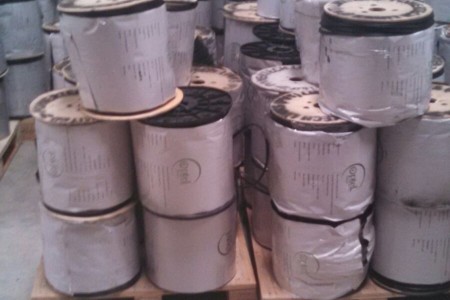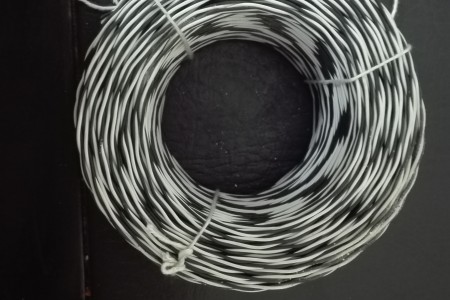Copper Cable Manufacturing
Copper wire and cable are the primary media that most cabling contractors install and most cable-plant managers are responsible for maintaining. Following is our work flow for manufacturing best quality copper cable.
The first step in this process is to further reduce the size of the copper wire by drawing it through wire draw #2. Operating the same way as wire draw #1, this process makes use of diamond dies to reduce a 10- or 12-awg wire to one 19-, 22-, 24- or 26-awg wire. After wire drawing, the wire is extremely brittle and can easily be fractured if flexed. Since finished copper wire must be flexible, the wire is softened, or annealed, at this point. Annealing is accomplished by passing a large electrical current through the wire for a fraction of a second, raising its temperature briefly to 1000oF.
To prevent oxidation of the wire, this step is performed in water. The water bath also cools and cleans the wire in preparation for the insulating step. The wire, now soft and flexible, is passed through an extruder, where either a single or double coating of plastic is applied. High-density polyethylene pellets, colored one of ten industry-standard colors, are fed into the cool rear section of the extruder; as they are pushed forward, they are heated until they melt. Exiting the extruder, the coated wire, now traveling at approximately 60 miles per hour, passes through another cooling trough and is coiled on takeup reels. Before the reels move to the next manufacturing operation, wire and insulation diameter are measured, and the wire is tested for such electrical properties as capacitance and resistance.



